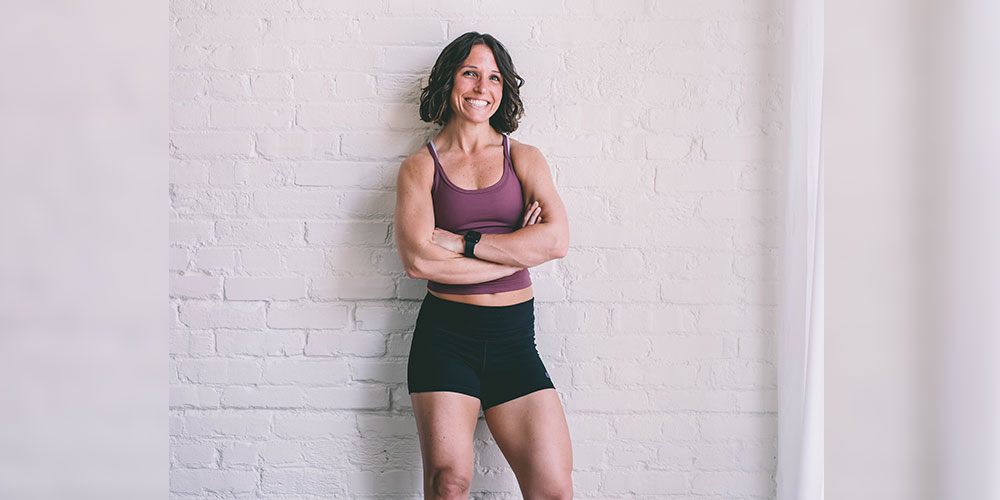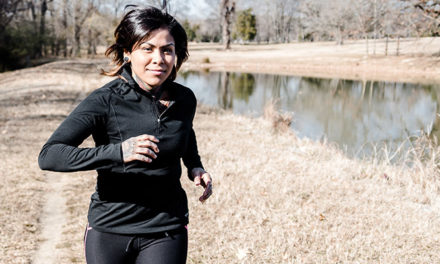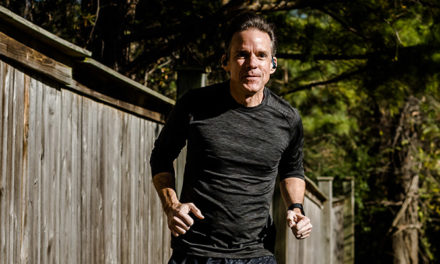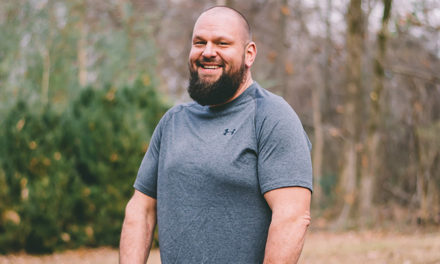Audra Gehan is a lifelong athlete and identifies as a runner, yogi, and CrossFit enthusiast. She is also a practicing pelvic physical therapist, working to emphasize the importance of pelvic health for female athletes.
Audra grew up in Oswego, New York, and spent her childhood in many athletic ventures, from soccer to dance. During high school, she became dedicated to track, running indoor, outdoor, and cross country, and eventually running on the Syracuse University track team in college.
While Audra always had an interest in the medical field and athletics, it was not until her junior year at Syracuse that she decided she wanted to pursue physical therapy after her undergraduate degree. “I liked the idea of interacting with a patient regularly and seeing their improvement while also incorporating working out and my athletic experience,” she says.
During her doctoral education at SUNY Upstate Physical Therapy program, Audra attended classes from a pelvic physical therapy specialist and was immediately intrigued. “So many light bulbs were going off as she was describing symptoms of pelvic weakness,” she recounts, realizing that many of her personal bladder, bowel, and menstrual symptoms she had learned to live with may be related to her lack of pelvic training.
After graduating with her Doctorate in Physical Therapy in 2014, Audra began taking pelvic-specific continuing education courses and has been practicing pelvic physical therapy for nearly eight years. Audra has also focused on her pelvic health, using physical therapy practices to train her pelvic floor to work through polycystic ovarian syndrome (PCOS) and endometriosis diagnoses.
Audra helps female patients with PCOS and endometriosis diagnoses like her own and patients without clear-cute dysfunctions who are looking to improve their overall athletic performance. “Pelvic floor exercises can be a pre-hab to improve performance and prevent injury by targeting the deep core and enhancing posture control.”
According to Audra, one of the best pelvic floor exercises that anyone can work on is breathwork. “So many of us breathe only with the upper chest and never truly use the connection between diaphragm and stomach for deeper breathing. The pelvic floor works in sync with your breath, so you can really turn it on through focused breathing.”
Regarding exercises to target the pelvic floor, therapies can be developed based on treatment goals. For a tense pelvic floor, stretching and rehabilitation are recommended, whereas strengthening and core activation is the better route for a weak pelvic floor. Despite your pelvic condition, Audra emphasizes that targeting your pelvic floor will increase athletic performance and make you more functional in daily life.
For more information, visit Mojoph.com or call 901.244.3900.
By Zoe Harrison
Photo by Tindall Stephens







